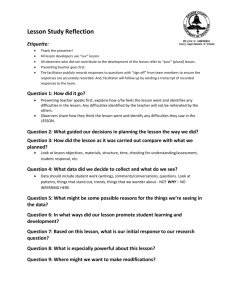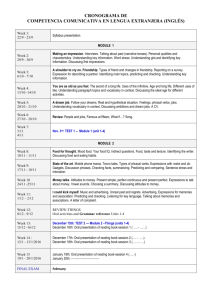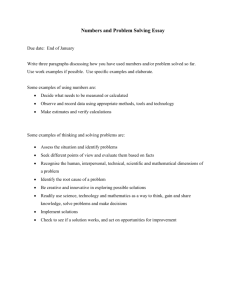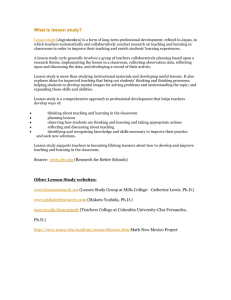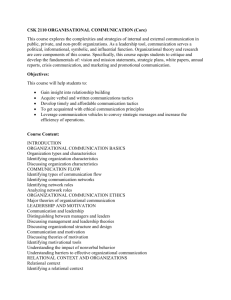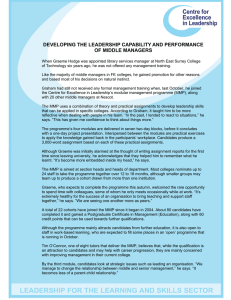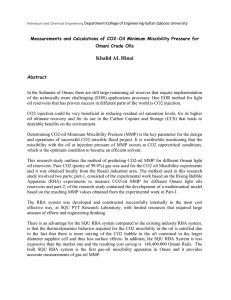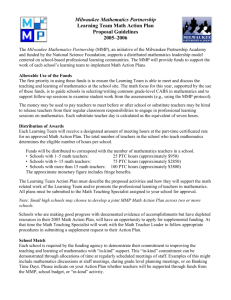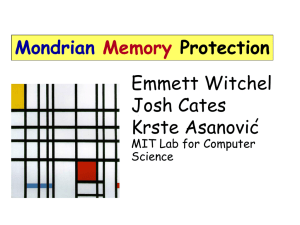Classroom Assessments Improving Classroom Practice
advertisement
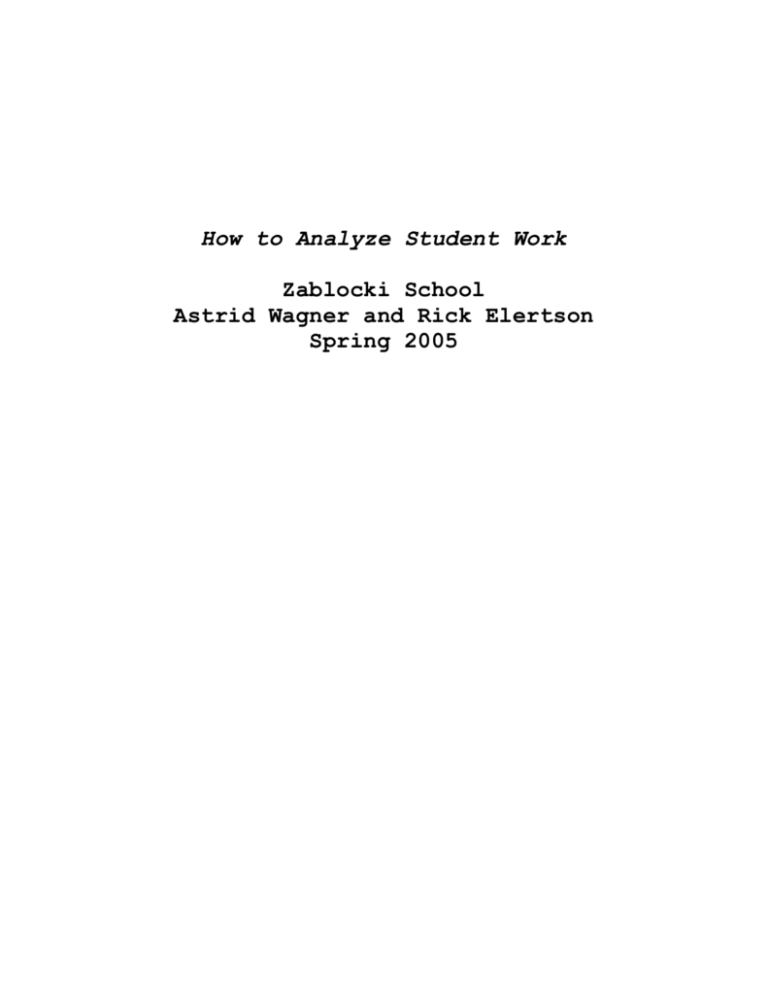
How to Analyze Student Work Zablocki School Astrid Wagner and Rick Elertson Spring 2005 Classroom Assessments Improving Classroom Practice Purpose: The purpose of this workshop was to implement the Milwaukee Mathematics Partnership (MMP) protocol for analyzing student math work and use this protocol as a collaborative tool for informing teacher instruction in the classroom. Demographics: The teachers that participated in the workshop represented grades 1-5 at Zablocki Elementary School. Their years of service in MPS ranged from 2-32 years. All staff members have participated in the Effective Schools, curriculum alignment to state standards, programs and are currently using Investigations math. Methodology: Teachers were asked to administer a math assessment covering estimation, computation and constructed responses to their students and bring them to the workshop. The work wasn’t to be scored. Teachers were then introduced to the MMP protocol for analyzing student work. The protocol is as follows: 1. Select a facilitator for the group. The facilitator is responsible for maintaining the integrity of the discussion. 2. Discussing the work a. Round 1: Describe what you see with the other teachers. b. Round 2: Interpret the students’ work by discussing what they understand. c. Round 3: What questions does this work raise. 3. Hearing from the presenting teacher Presenting teacher has been quietly listening to the teachers as they discuss the students work. This is the opportunity for the presenting teacher to respond to the comment/questions that were raised during the discussion. Results: Teachers worked collaboratively throughout the entire workshop following the MMP protocol and discussing student work. They offered each other suggestions for alternative strategies that may or may not have been in place in the classroom. Most of the teachers felt a need to pretest their students to find out their current learning level prior to teaching a math unit. A pretest is also an excellent way to inform the teachers’ instruction. Students may not need a lot of instruction in certain mathematical concepts and a teacher can spend more time with concepts that students are struggling with. Without the pretest, a teacher may never have known that they were wasting precious time on concepts that his/her students already knew. Conclusion: The purpose of this workshop was to offer teachers a format for discussing student work and how to inform their instruction through pretests and ongoing assessments during a mathematics unit. The workshop was a great success for most of the participants and the presenters would both agree that it was a valuable experience for all that participated. We would encourage this type of healthy dialogue in all curricular areas to help teachers to become better teachers.


